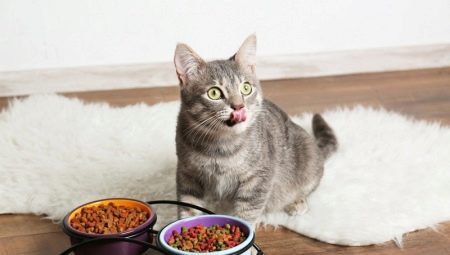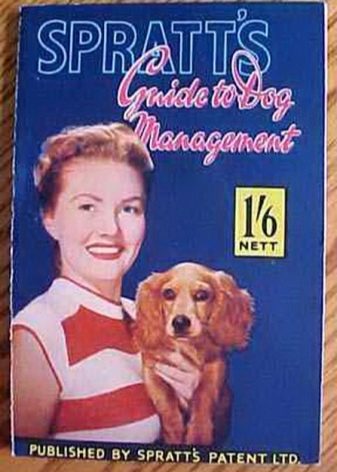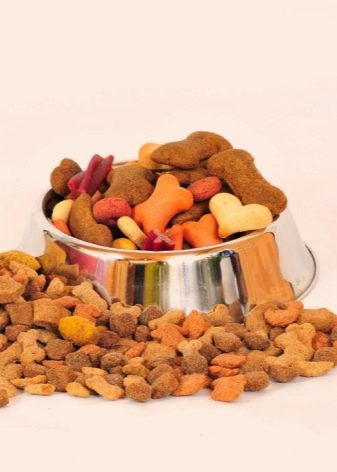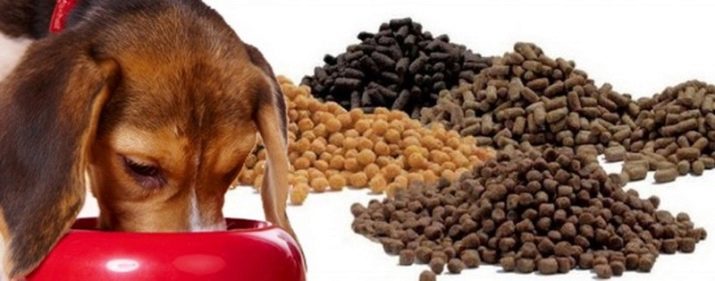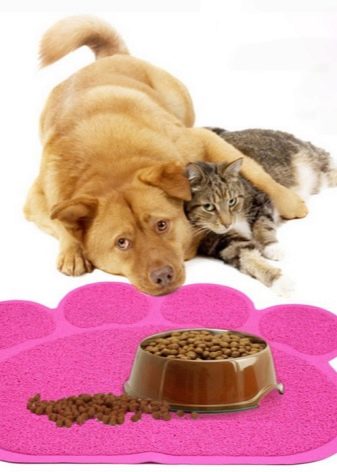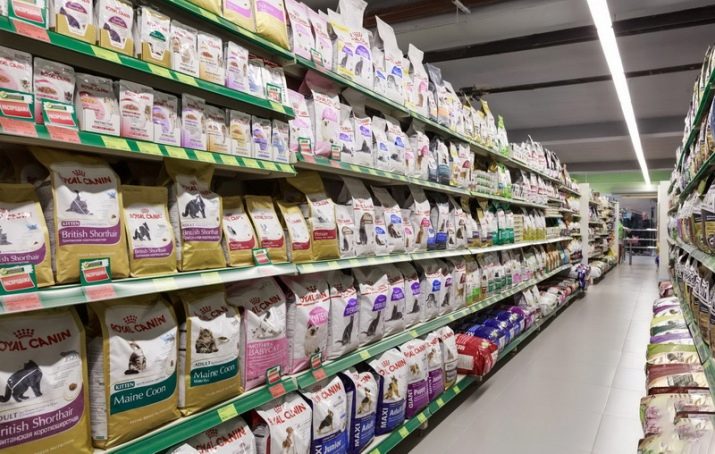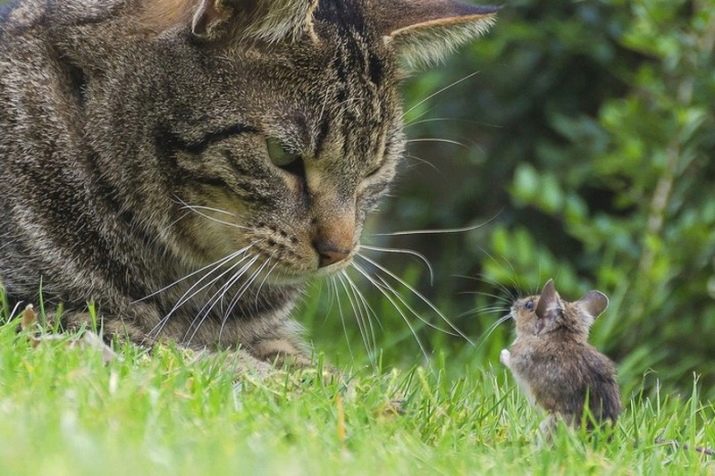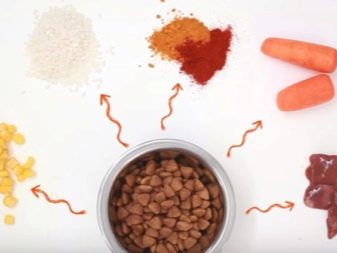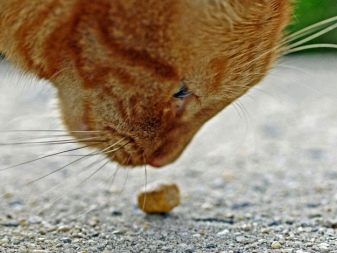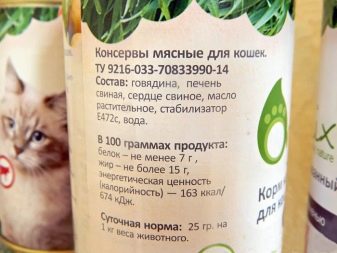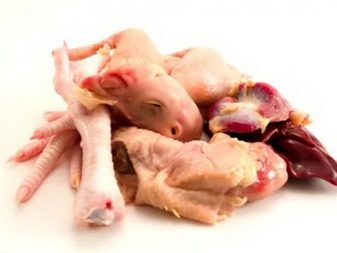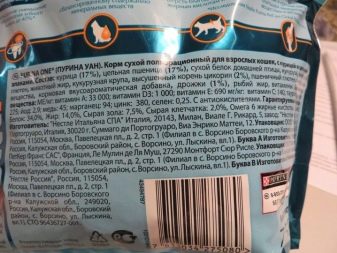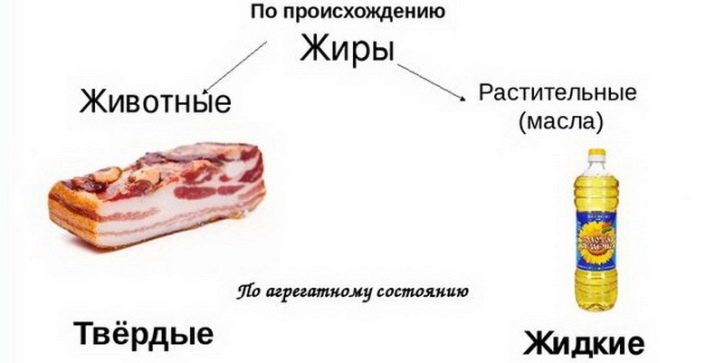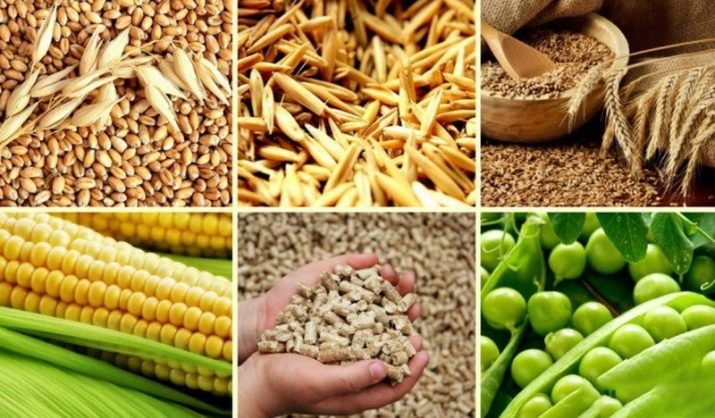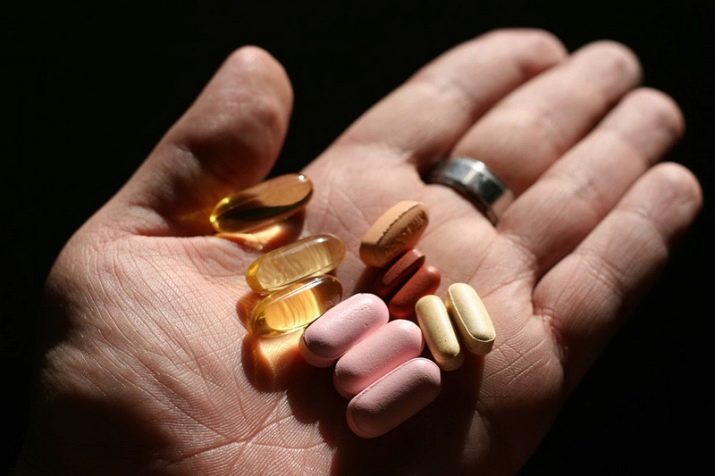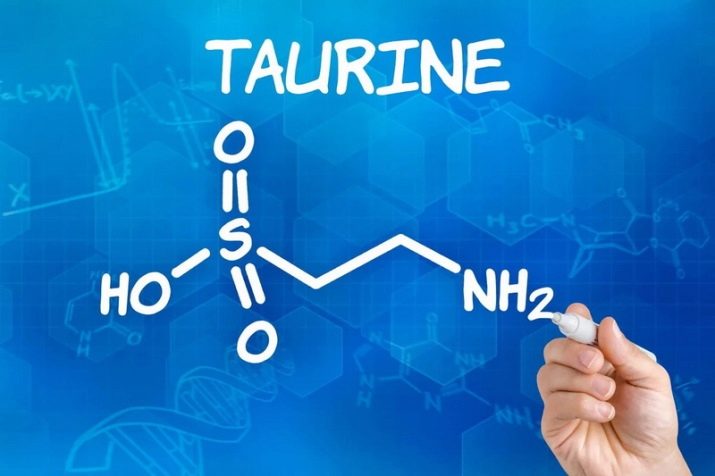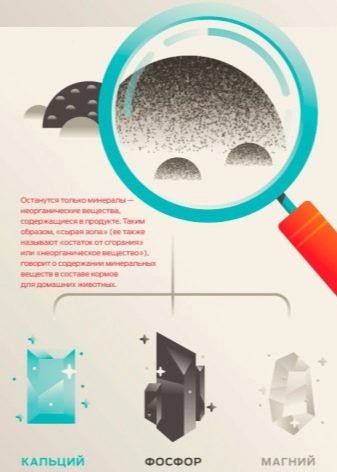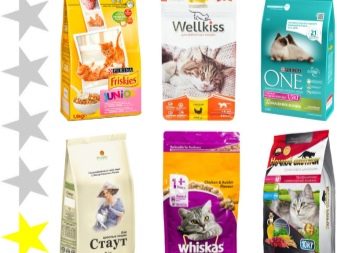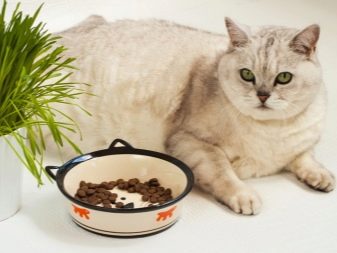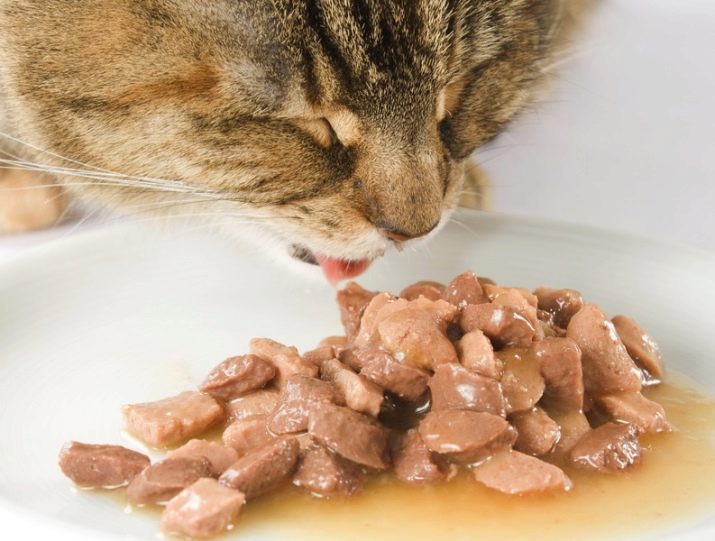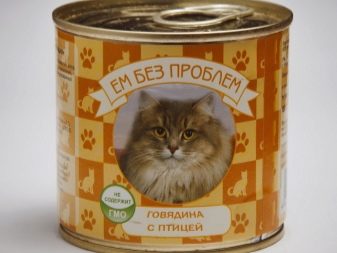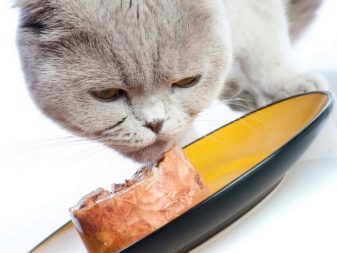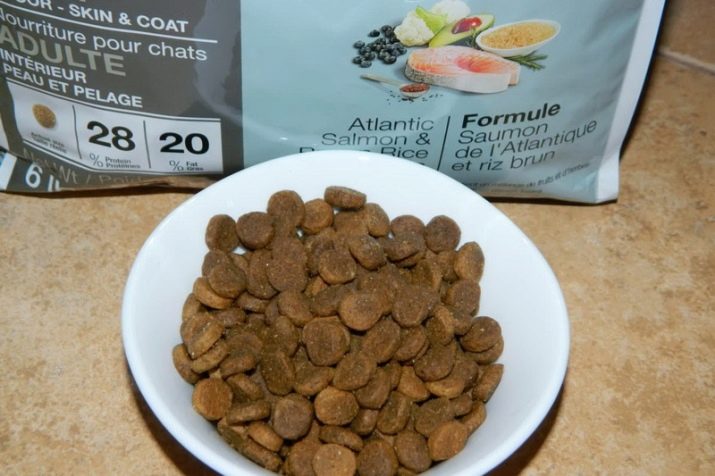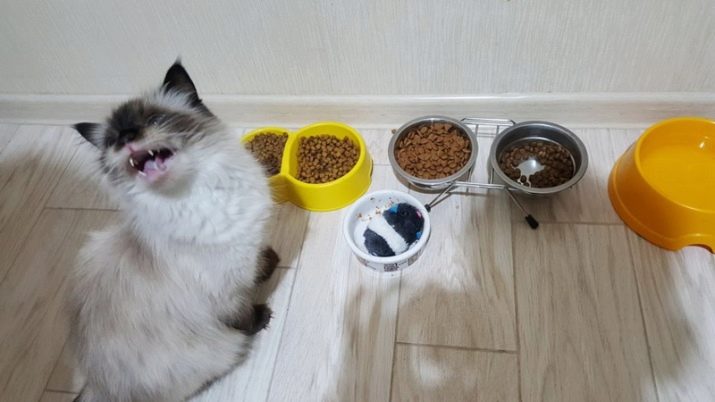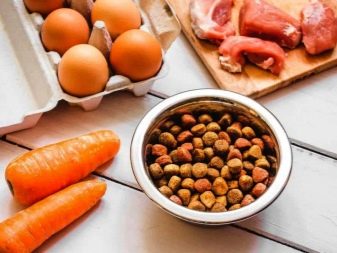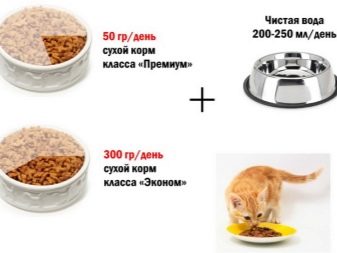Have you ever thought about what you feed your pet? The point is not in the brand of products and not in the form, but in what composition should ideally be in cat food. Probably, this thought didn’t happen to everyone: the majority of cat owners entirely trust the feed producers. The composition of the product is read by no means all, but in vain. The production of pet food is a business where many manufacturers try to save money by investing less and getting more. Therefore, well done is the owner, who always reads the composition on the package, and knows which words in this list should please, and which words should be made to switch to another pack.
Manufacturing history
Dry food for animals, according to many, appeared recently, literally thirty years ago. In the post-Soviet reality, the flow of feed struck, in fact, not so long ago - in the 1990s. But the same dry pet food has been produced for 150 years! The first to put this business on the stream is a cunning American James Spratt, although not the States, but England became the birthplace of such a business. The composition of animal food could be regarded as rather primitive: flour, ground meat, beef blood and some vegetables. All this was transformed into a cookie in the form of a bone.
Interestingly, the dogs literally immediately liked this product (yes, the first food was made not for cats, but for dogs). Experts were skeptical about such nutrition, but the mechanism of fast food for animals, and sometimes called it, was already launched.
The next stage is the 30s and 40s of the 20th century. It can be said that the era of dry fodder began precisely at this time. In those years there were only two variants of the dry product: granules and pellets. The granules consisted of ready-made crackers or crackers, and the balls were the ingredients that the breeder had to soak by hand. But to say that large companies that supply these products to the market, made an industrial breakthrough for the benefit of our smaller brothers, it is impossible. Alas, the manufacturer simply very profitably disposed of the products of production.
At that time, despite the assurances of advertising, which had already unraveled the trade flywheel, the dry food was not balanced, and it was impossible to name such food for animals.
And then the story spun even more interesting: the company Purina began to use extrusion in the 50s, and Mark Morris invented veterinary nutrition. He managed to develop a medical food, which he, at first, personally twisted with a special machine into canned food. Finally, Paul Yams made a huge breakthrough - he laid the philosophy of balanced feeding of cats and dogs. Thanks to him, the truth has been established: dogs and cats are carnivorous, and their food should be based on high-grade, high-quality protein.
Closer to the 80th, a clear gradation appears in the feed market: economy and premium feeds, super premium and veterinary diets are on sale. But marketing in this division was sometimes more: not all cat food corresponded to what was stated on the package. In the 90s, the fashion for holistic came - the idea of healthy food for animals began to deepen. High-quality nutrients, eco-products, instead of cereals, became the basis of the feed, in the non-protein (meaning animal protein) parts of the feed began to make greater use of vegetables, herbs and berries.
Now the animal feed market is in some sense overflowing.The buyer, as statistics show, follows the choice based on advertising, price and visual appeal of the package.
And you should always read the composition, and absolutely know what should be there, and what should not.
The main components of modern food
The cat is a carnivorous predator. Digesting food from a person's table, its digestive tract is adapted a little. If you feed it with salted, smoked, fried, spicy food, the animal will quickly acquire diseases that will shorten its life.
Cat nutrition experts insist on the following points.
- Quality products of animal origin - the basis of cat food. Food of an animal consists mainly of meat and offal, valuable for its proteins and essential amino acids. Pet necessarily need polyunsaturated fatty acids that can not be obtained without meat and fish food.
- Vegetables, cereals, vegetable oils are also important. Retinol and niacin are the components without which the cat can not grow and develop normally, look healthy. And if you feed an animal from the “human table”, it is very difficult to track how its food is fortified.
In Russia, strict veterinary and sanitary standards are put forward to the composition of animal feed. It is allowed to produce cat food only from farm animals, from meat, which is fit for human consumption. Legally, it is not only the quality of the base that is controlled, but also the organoleptic, biological indicators of the feed. It is very important what is its texture, smell, color - such an analysis is required.
Consider the main ingredients of the feed.
- Meat. Meat producer has the right to call veal, beef, pork, lamb, goat. It is good if it is specified on the pack which meat is present in the composition. But not all manufacturers do that. If there is a rabbit in the feed, you should read this word on the package. But the bird (chicken) and fish meat can not be called. It should be written like this: fish, chicken, turkey, etc.
- Bird. The skin and bones of the bird are called. If the manufacturer grinds chicken bones with meat, it is not a schemer - on the contrary, it is a good source of calcium for a pet. Therefore, if you read the inscription “bird” on a pack of food, note that in addition to the muscular part, there may also be bone fragments, ground in quality.
- Meat offal. These are the edible components of mammals that are not muscular. Kidneys or liver, for example. Udder and lungs, as you know, people do not eat, but for domestic cats, these components are valid.
- Offal poultry. Legs, heads, and guts of a bird in a crushed state can also get into cat food.
- Meat meal. So called raw material, which is made from mammalian tissue. Meat meal can be meat and offal. To oblige the manufacturer to indicate that it is in this flour, and whose meat is used, the law did not decide. If bones are added to this composition, “meat and bone meal” is written. There are also such options: "flour from animal offal", "flour from poultry" or "flour from offal of poultry".
- Fats and oils. Animal and vegetable fats are used to ensure that the feed has a more attractive taste, so that its energy value increases.
- Vegetable components. As a rule, barley, corn, peas, rice, potatoes are added to the feed. They serve as a link for other ingredients, only secondarily they can be called a source of carbohydrates.
- Vitamins and minerals. The minerals contained in the feed, the manufacturer can describe as follows: a simple listing or listing of specific substances with a mineral content. Minerals are always synthetic additives, vitamins are also artificial substances.
- Taurine. This is one of the substances that can be called laboratory-synthesized amino acids. The cat's body must synthesize this element itself, but in domestic animals a valuable substance is always in short supply.Cats that hunt rats and mice do not experience a lack of taurine. The rest must receive it in the form of additives or, even easier, as part of the feed.
Taurine strengthens the immune system, improves the functioning of the cat's liver and kidneys, normalizes the blood glucose level, has a good effect on the stomach, improves the condition of the coat, strengthens the eyesight, and also provides the cat with healthy offspring.
- Ash. Almost all cat owners who buy food for the first time believe that ash is a supplement. But in fact, the so-called measure of the content of minerals in cat food. For this indicator, it is estimated whether the amount of calcium, phosphorus, magnesium, sodium and other minerals is radically balanced. For example, in the muscle tissue of an animal (that is, in meat), the ash is larger than in the bones.
I must say that the law does not regulate the description of the ash content of the product - the manufacturer may not specify the ash content on the package.
To say that we live at a time when cats can get the perfect food from beautiful packaging means to lie. Until really optimal power system is still far away. Alas, but the shelves of pet stores are overflowing with food, saturated with starch. And our animals are forced to sit on a "starch diet" harmful to themselves. And the point is not that the perfect recipe for feed has not been invented, but that the quality control of food for pets is poorly developed.
A huge part of the feed comes from the United States. The control of pet food is the responsibility of the DVM (center of veterinary medicine). But the main concern of the center is to monitor the quality of food additives and medicinal animal feed. The most negative point: before entering the market, the feed manufacturer should not receive a permit. Enough to meet the requirements of the state where the food is produced.
Dry
Let us consider such a composition on the example of economy-class products, the most popular. Usually in the package of such feed there is beef, lamb or chicken, but not more than 7%. Seven percent protein for carnivorous - what do you think is enough? Rather, in such feed, meat serves as a flavoring agent that attracts the animal to food, but certainly not a protein source. But offal in such feed about 60%. Vitamins and minerals in it are very few, but fats are present.
Additives that compensate for the composition of micro and macro elements, about 5%. Approximately as much as meat, and often more. About 25% in the composition of cheap dry food is cereals. This is a source of carbohydrates for the cat. The composition is nutritious, but not the most useful for the animal. A young cat can cope with it, but a sick, old animal is not.
Dry premium feeds inspire more hope for a healthy cat food, but there is a nuance here too. Many of the ingredients from such feeds cause the cat to quickly become obese, and if you do not organize frequent games and walks, the animal will get fat very quickly.
As part of the highest grade dry feed, there is virtually no offal. The natural formula of these compounds helps the cat to stay healthy, cheerful, playful as long as possible.
Wet
What should not be in wet food is cellulose, sugar, caramel, propylene glycol (there is no need for an animal to absorb sweeteners). Artificial dye Е127 is a provocateur of oncological diseases. There is usually a lot of by-products in wet food, and they are not always attractive: it can be beef skin, for example. If the decryption of "meat" is, it is better than a generalization.
Canned food
There are canned foods that the cat can eat every day, and there are those that are intended only for periodic meals. Kids love mousses and pates, and adult cats - canned food with pieces of meat. The composition of this type of product is close to the composition of wet food. If you combine dry food and canned food in the pet's diet, it is desirable that they are from the same product line.
Additional ingredients
Of course, the manufacturer wants, above all, to earn, and not to feed many cats.His task is to attract the animal to the bowl. And you can do this with the help of flavors. So in the feed appears chamomile extract, ginger, rosemary, fennel. And so that the food had an attractive appearance, and crunchy crackers looked beautiful in a cat's bowl, emulsifiers and thickeners are added to the recipe.
But there are additional ingredients and really good inclusions. For example, the components that bind bile acids: statins, sequestrants.
They do not allow food to become a source of cholesterol in its pure form, reduce the risk of cardiovascular diseases.
Recommendations for selection
Before you go to the pet store, think, maybe you can organize your pet something more worthy than industrial food? Read Enn Martin's Food Pets Die For book (or excerpts), the pet food industry there isn't shown in the most attractive form. But even without books, you can simply turn on critical thinking: coming to an ordinary hypermarket, people buy “chemistry” in large quantities, often without thinking about it. Do not believe that the food for animals, put on a commercial stream, is more humane. However, if there is no alternative, you have to buy something.
Let's see what the experts say on this subject.
- About a third of the cat's diet should be wet or canned foods, the rest - dry food. Better than natural food, prepared from meat or fish, and there can not be.
- A dry product is always a copious drink for a cat. If she lives on dry food, and she doesn’t drink enough, health problems will manifest very quickly. For the same reason, several times a week, give your pet wet food or canned food.
- Holistic feed is a top product for cats. The composition is balanced, there are no preservatives and dyes, allergens, too. But the cost of such a product is very high, and finding it on the free market is also not easy.
The best feeds are premium class, top class and holistic compositions. Remember that if you buy an economy-class product, even the most advertised brand does not improve its quality. Everything is trivial: cheap food cannot be good. Therefore, to get a pet is a responsible matter, and first make sure that you are fully prepared for this.
How to choose the best dry food, see the next video.
